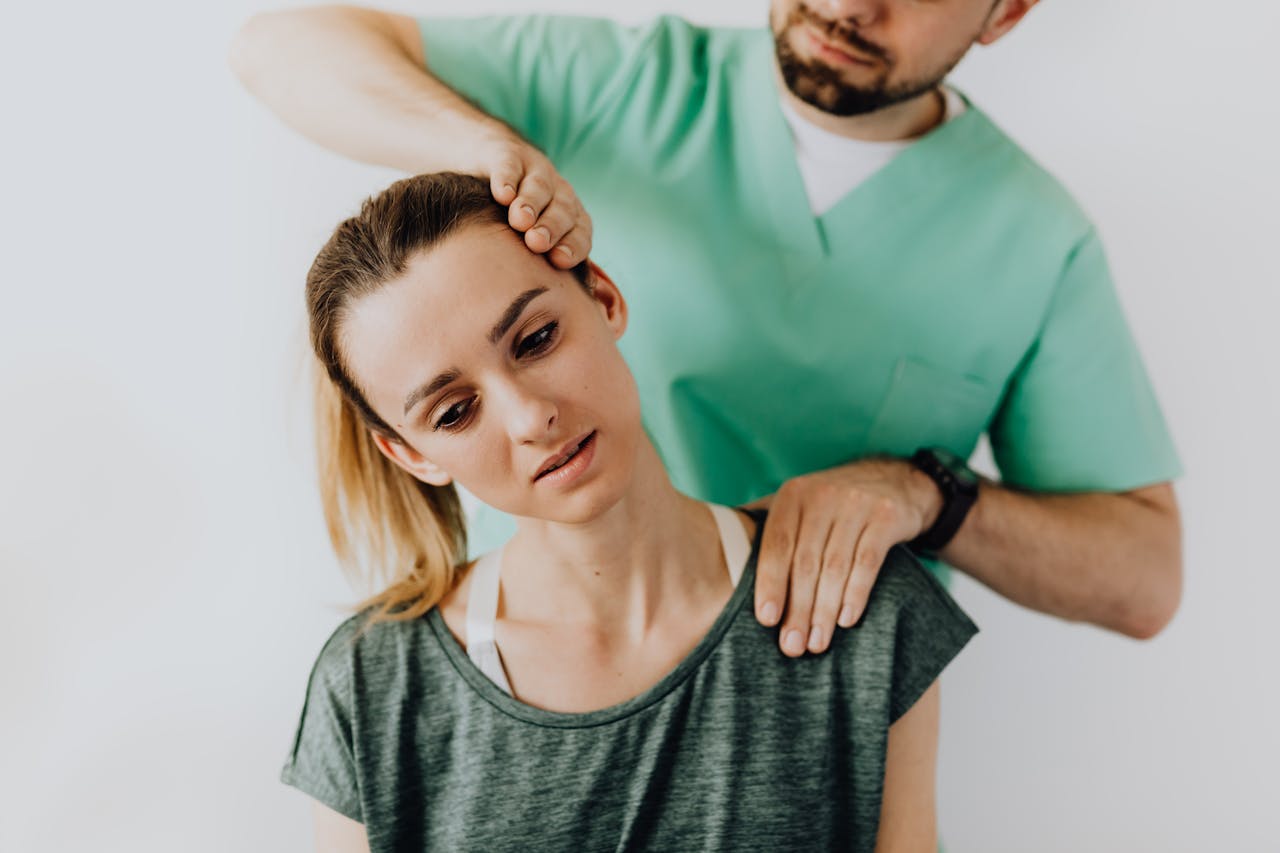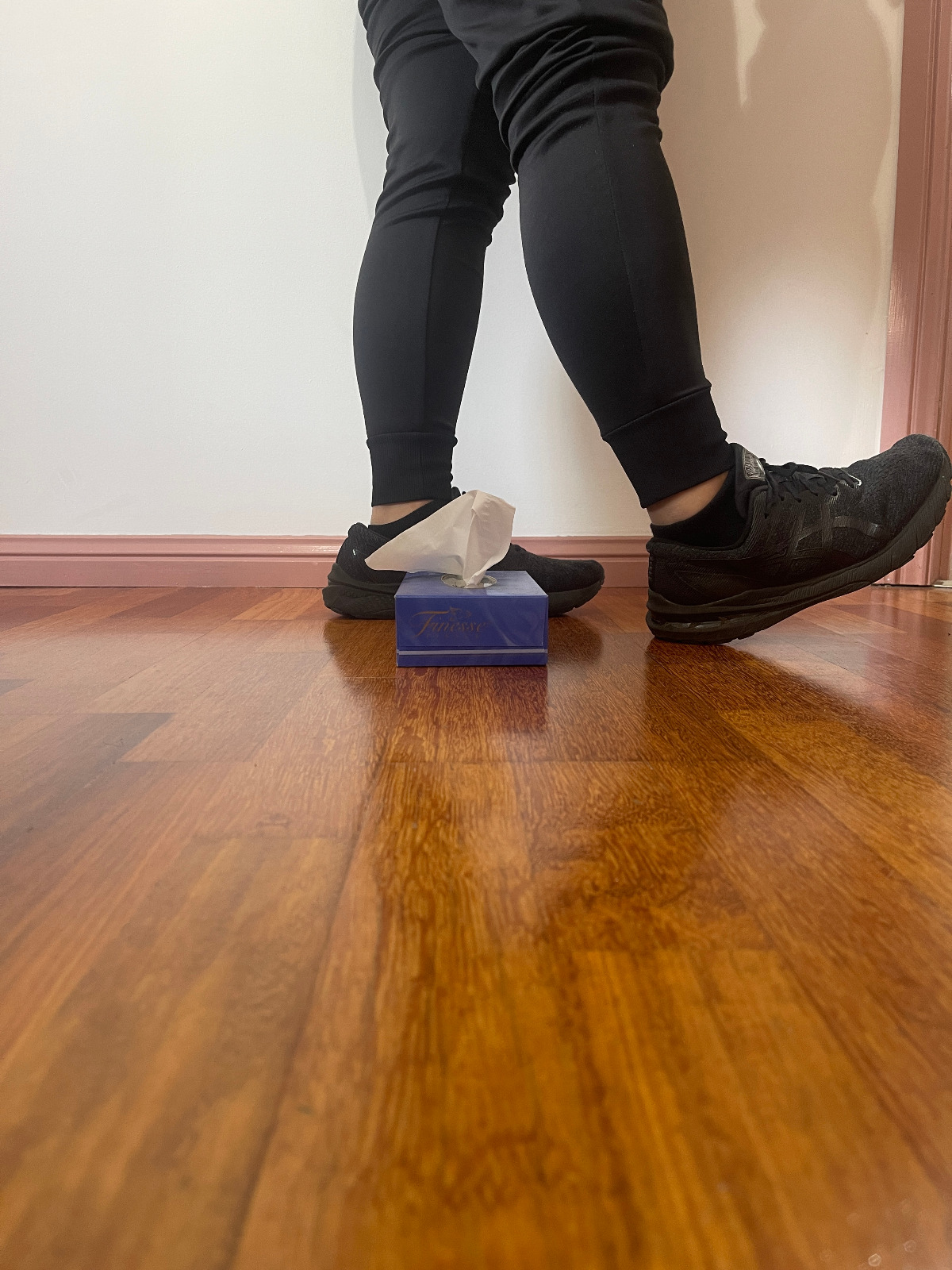Demystifying Osteoarthritis: Symptoms, Causes & Solutions
Physiotherapy
Part 1

Osteoarthritis (OA) is a joint disease which typically comes about from a breakdown of cartilage in the joint and underlying bone.
It is believed to be caused by mechanical stress on the joint which leads to a low grade inflammatory process. Typically the symptoms of osteoarthritis include joint pain, joint swelling, stiffness, decreased range of motion and weakness particularly in the morning and after activity or exercise.
The joints most commonly affected include the lower back, neck, hips, knees, fingers and base of the thumb. Symptoms are likely to develop over the course of many years and tend to eventually affect work, lifestyle, activity levels and normal daily activities.
It is relatively easy to accurately diagnose and is based on clinical history and a physical examination. X-ray imaging is often used to confirm the diagnosis and review the severity of the disease progression. You may read the X-ray report and find some common terms used for changes within the joint such as joint space narrowing, subchondral sclerosis, subchondral cyst formation and osteophyte formation. Basically, these mean there is decreased space inside the joint due to the formation of extra calcifications around the edges of the bone and damage/wearing of the cartilage.
Typically osteoarthritis affects those over the age of 40 and this can be due to a wide variety of factors. As you age there is a progressive weakening of the muscles, bones, joints and connective tissue which can all lead to the eventual formation of arthritis as it changes the loading within the joints. Previous joint injury and abnormal joint or limb development have been seen to increase the risk of developing osteoarthritis as well as being overweight, leg length differences and occupations that involve high levels of joint stress such as manual labour.
Joint surgeries tend to increase the risk of developing osteoarthritis especially if performed before the age of 40, possibly due to changes in alignments of the joint and weakness/biomechanical abnormalities caused by pain before and after surgery. Misalignments of the bones caused by congenital or pathogenic causes have also been seen to contribute to early onset of arthritis as well as mechanical injury to the bones and joints.
Some major avoidable risk factors that contribute to arthritis formation include excess body weight and decreased muscle strength in the muscles that support the joints. The excess weight can cause increased load and force to go through the joint and if the muscles are not strong enough to handle this load, the joint and cartilage will bear the majority of this load. This excess joint and cartilage loading leads to wear and tear damage which then progressively leads to the osteoarthritis formation over time as well as increased progression of the disease if you already have some degeneration. Fortunately exercise has not been shown to increase risk of arthritis and thanks to Nobel Prize winner Donald Unger, neither does cracking your knuckles!
Part 2 coming next week including treatment and rehabilitation of osteoarthritis.
References:
Glyn-Jones S, Palmer AJ, Agricola R, Price AJ, Vincent TL, Weinans H, Carr AJ (July 2015). “Osteoarthritis”. Lancet. 386 (9991): 376–87. doi:10.1016/S0140-6736(14)60802-3. PMID25748615.
Coggon D, Reading I, Croft P, McLaren M, Barrett D, Cooper C (May 2001). “Knee osteoarthritis and obesity”. International Journal of Obesity and Related Metabolic Disorders. 25 (5): 622–7. doi:10.1038/sj.ijo.0801585. PMID11360143.
Maroudas AI (April 1976). “Balance between swelling pressure and collagen tension in normal and degenerate cartilage”. Nature. 260 (5554): 808–9. Bibcode:1976Natur.260..808M. doi:10.1038/260808a0. PMID1264261.



